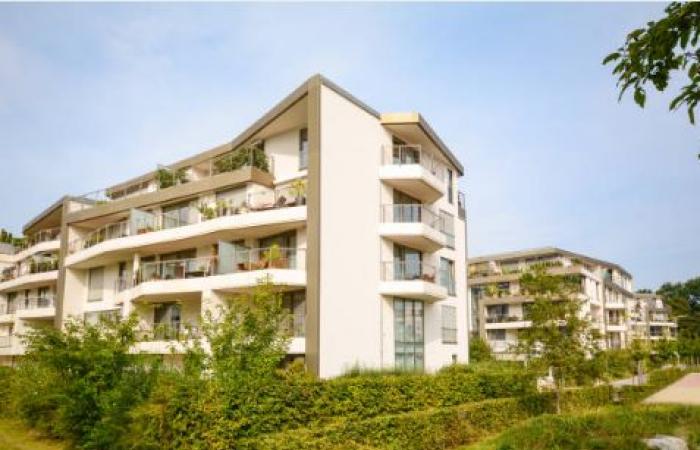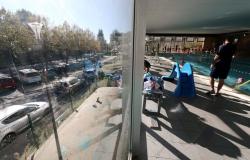Real estate
- Tuesday November 12, 2024 – 09:18
The co-ownership association, according to article 15 of the 1965 law, can take legal action in the event of damage to the common areas. But to what extent can it do so when the defects have had repercussions on private areas? This is the question that the Court of Cassation is deciding, for the first time (Civ. 3rd, November 7, 2024, no. 23-14.464). Almost 20 years after AG's decision to launch the work!
During 2006, the association of co-owners of a large real estate complex entrusted a company with facade renovation and waterproofing of terraces and balconies, under the supervision of an architect. The work began three years later, in September 2009. No contradictory acceptance report was signed when the work was completed, the trustee having noted deficiencies in the execution.
Due to these multiple serious disorders, the syndicate of co-owners referred the matter to the judge who ordered a judicial expertise, which confirmed the serious failings of the company. He then summoned the architect and his insurer, as well as the renovation company and its insurer.
10 years later, by judgment of July 30, 2019, the Grasse judicial court condemned the architect (40% responsibility for his lack of site supervision) and the company (60% for botched work) to assume the cost of repairing multiple defects (waterproofing of terraces, repairs to facade coatings for a total excluding tax of around €1 million!) in addition to the loss of enjoyment for some co-owners inconvenienced due to infiltration into their apartment (more than €27,000).
The yes/no of the court of appeal
The Aix-en-Provence Court of Appeal, January 26, 2023, No. 19/14538, partially invalidated the decision. Indeed, collective actions falling within the jurisdiction of the union are those which aim to repair damage to common areas, but also those having as their object damage caused to private areas which find their origin in the common areas, i.e. damage affect the common areas and the private areas indivisibly, whether the defects are generalized throughout the building, or finally the same damage affects the community of co-owners. This is particularly the case when the individual harm was felt in the same way by all the co-owners, thus taking on a collective character.
Thus, declares the court of appeal, “the action of the union of co-owners assumes that the material and enjoyment damage is of a collective nature and is borne in the same way by all the co-owners”. Which is not the case since only four co-owners are affected by the infiltration problems making it impossible to live in the accommodation.
Consequently, in agreement, declares the court of appeal, to order repairs to the common areas, but not in agreement regarding the consequences on the private areas because “the union of co-owners does not have the authority to act in order to seek compensation for material damage and disturbance of enjoyment suffered by the co-owners.
Censorship ruling
The case was brought before the Court of Cassation.
Two questions are asked:
1. Does a co-ownership association have the authority to sue in the name of each co-owner when the individual damage suffered by them originated in the common areas of the building?
Yes. He may sue for compensation for damage originating in the common areas and affecting the private areas of one or more lots. What has already been judged: 3rd Civ., June 23, 2004, appeal no. 03-10.475, Bull. 2004, III, no. 128.
2. Should individual damages be identical to all co-owners?
No. According to the Court of Cassation “it is not necessary, in this case, that the damage, whether material or immaterial, be suffered in the same way by all the co-owners”.
It is then up to the trial judges, on the basis of the expertise, to compensate the co-owners concerned according to their level of damage.
GOES






